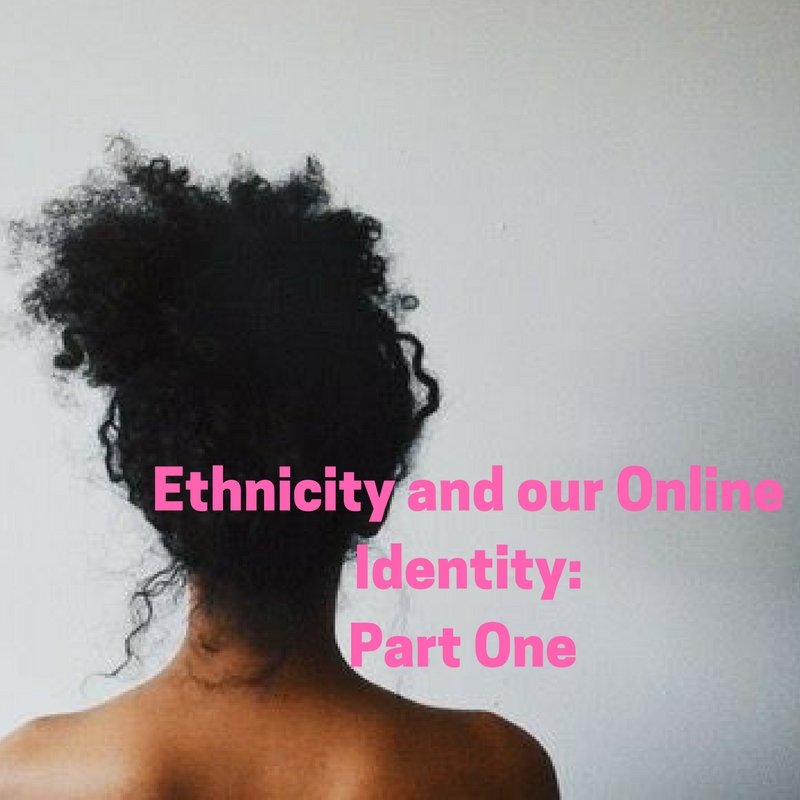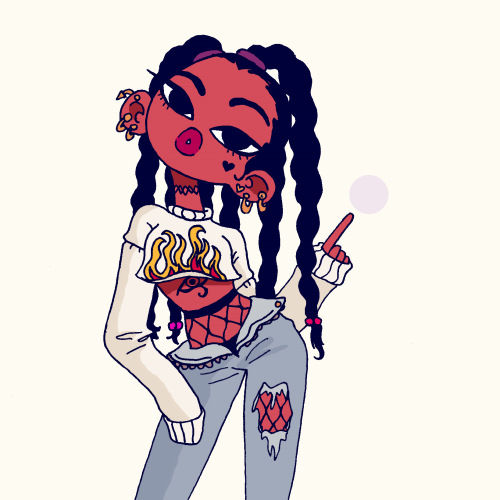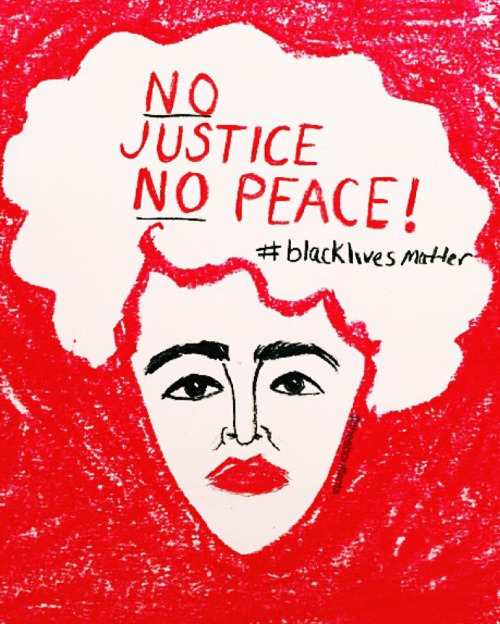
Hey, Guys! Happy New Year! So it’s Monday the 2nd of January. And below is a little video of Kylie Jenner, this video is definitely my inspiration for today’s blog post. You may be have seen it or heard about it. “You know- like realising stuff”, “a year of like realising things”. Have a watch and you’ll soon understand what I mean.

So coming back to “Like realising things”, I’m thinking about myself and my own and identity. Who am I in 2017? I am a mixed race university student, who is relatively comfortable in her own skin. I’m asking myself whether I find that my ethnicity is my identity. Is it? Is my ethnicity reflected on my personal social media? Do I use my skin tone as a means to fit in online?. Personally, for me as it stands- I don’t think so. Though my race is who I am, I don’t know if being of dual heritage defines me online. My online identity is definitely a mismatch of a hormonal 20-year old who loves sushi and a good moan.
 Racial issues and racial divisions are very much visible online. Now I’m not talking about explicit “I hate black people” or the throwing around of the N-word, something that I have noticed online is the competition between People of colour (POC). It’s the battle between Light skin and Dark skin. I think the discussion alone on who is better is detrimental enough. Dark skin, Lightskin you’re equally beautiful. My Twitter timeline often has battles and images that compare different shades of POC. Beyond tweets alone, the colour war within the black community is something that has been around for years, going back as far as slavery. Colorism has its roots embedded deeply in the history of colonisation. And within the media industry across all its platforms, it is clear the identities of POC are still not very well reflected. I’m talking about film, tv and advertising here.
Racial issues and racial divisions are very much visible online. Now I’m not talking about explicit “I hate black people” or the throwing around of the N-word, something that I have noticed online is the competition between People of colour (POC). It’s the battle between Light skin and Dark skin. I think the discussion alone on who is better is detrimental enough. Dark skin, Lightskin you’re equally beautiful. My Twitter timeline often has battles and images that compare different shades of POC. Beyond tweets alone, the colour war within the black community is something that has been around for years, going back as far as slavery. Colorism has its roots embedded deeply in the history of colonisation. And within the media industry across all its platforms, it is clear the identities of POC are still not very well reflected. I’m talking about film, tv and advertising here.
Elicia Zaden says that if children were taught at a young age where and how racism began they’ll be more appreciative and understanding of their race”.
“The fact that something associated with black beauty was not organically embraced and internationally endorsed without white infiltration is unacceptable” – Elicia Zaden
The internal conflict on skin colour within the black community is seeping its way through social media fast. Trawick says the two groups battling “Light skin” and “Dark skin” begun as a subliminal battle which arose from stereotypes based on “whiteness”, “class” and “blackness”. And within this battle, it is clear, that the lighter you are, the better.
All our identities have ways to immerse themselves on our online sphere. A lot of us use fashion, art or musical interests to find our place in the online world. And for some twitter users, we generally share an interest in random funny sometimes quasi-politically relevant yet simply ludicrous humour. Twitter is actually up there as one of my favourite social networks. Personally, for me it just has everything. Twitter is powerful, though, the #BlackLivesMatter movement begun from it. The power of the hashtag eh? The hashtag in our modern world has great significance and it has filtered past twitter alone and surfaces on IG, Tumblr and Facebook. The hashtag is
” A cyber-appendage social media users attatch to word strings of certain relevance”
Hashtags such as #TeamLightskin and #Teamdarkskin appear all over our social networking platforms from Instagram, facebook, Tumblr etc. It’s important though to remember whatever shade of skin, you are the same person of colour and its a shame there is a sense of segregation online. This is harmful in the construction of someone’s identity. For a young person using these forms of web and mobile communication, they must find rationality in the discussion. Though some of it is lighthearted and not serious, each hashtag is conveying an internal crisis many POC suffer from. What is it about someone’s lighter shade that is found to be so great? Lightness, whiteness and greatness come from 1000’s of years of discrimination and the subjugation of abuse to people of colour.
There is a form of black community on twitter and hashtags surface. Discussions arise that talk about all sorts of stuff from institutionalised racism, dating, generally funny stuff/comedy and what it’s like to be a POC. This community provides a sense of communal identity for black people using twitter. This does not mean that every person of colour agree’s with each other or views life through the same lens but for a young POC who is maybe suffering from an identity crisis an element of home and comfort may be found in this community as they have the ability to discuss issues with people who may understand.
It is clear the Web and Mobile Communication and social networking is helping build awareness around racism. Racism is very much alive in the 21st century. The term “Stay woke”, refers to being aware of what’s going on, in regards to racism and social injustice. ‘Woke’ of course being the past tense of ‘Wake’ refers to waking up to what’s going on around us. The identities and injustices of POC are starting to be heard and Twitter, Instagram and facebook are to thank for the virality of information.
In the second part of this blog post, I will be discussing the fetishising of the Black female, analysing comments such as “She’s so pretty for a black girl” and talking about the appropriation of black culture. Why is it sexy when Kylie Jenner, a white female has cornrows? but a young black female is immediately deemed “Ratchet”, “Hood” or “Thuggish”. Web and mobile communication medias allow us to have these debates, whether it’s me voicing my opinion, those threads on twitter or simply that aunty who loves a good facebook rant, having these platforms most definitely, opens the discussion.
A question to start my train of thought for part 2!
How is cultural appropriation harming the identity of young black women online?
Anyway,
Thanks for reading part one!
Stay leafy & Stay Woke
Ella xxx
Relevant Links:
http://www.voice-online.co.uk/article/light-skin-v-dark-skin-where-it-all-started
https://www.theodysseyonline.com/dark-skin-light-skin-battle-colorism-community
http://www.huffingtonpost.com/diamond-durant/light-skinned-african-american-girl_b_9357594.html

Leave a Reply